Top speed 348 km/h Length 8 m | Wingspan 12 m First flight April 20, 1938 | |
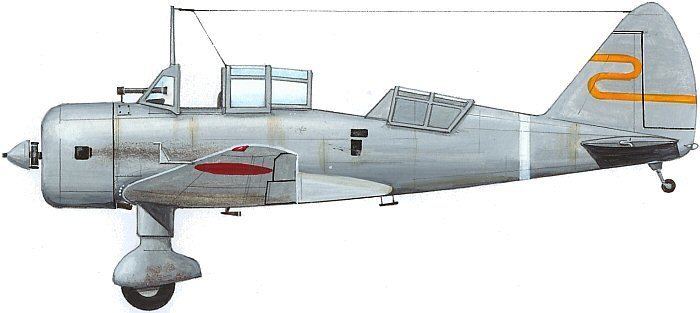 | ||
Manufacturer Tachikawa Aircraft Company | ||
1 72 fujimi tachikawa ki 36 ida
The Tachikawa Ki-36 (named Ida in Allied reporting code) was a Japanese army co-operation aircraft of World War II. It was a two-seat, low-wing monoplane with a single piston engine and fixed, tailwheel-type undercarriage.
Contents
- 1 72 fujimi tachikawa ki 36 ida
- Design and development
- Operational history
- Variants
- Operators
- Specifications Ki 36
- References
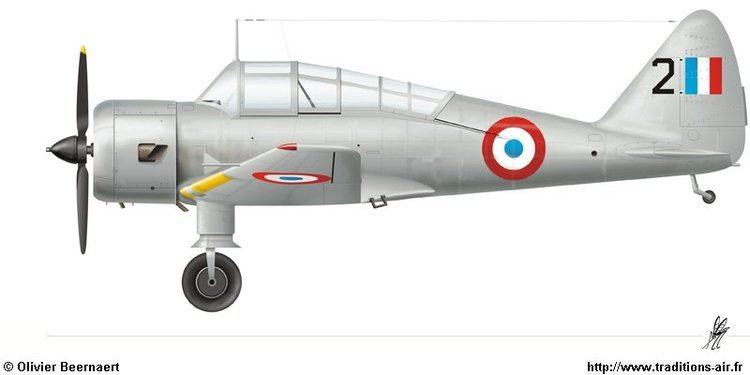
Design and development
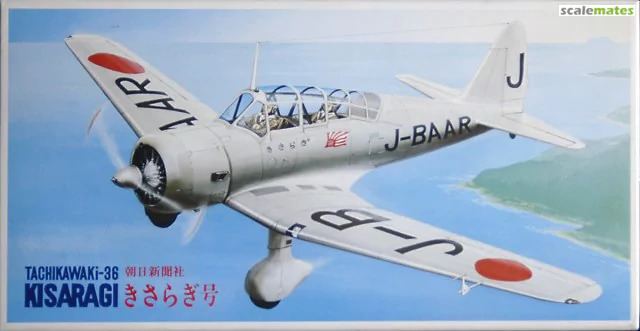
The prototype, fitted with a 450 hp (336 kW) Hitachi Army Type 98 Ha-13 engine, first flew on 20 April 1938. Having outperformed the Mitsubishi Ki-35 in comparative trials, the Ki-36 was designated the Army Type 98 Direct Co-operation Aircraft and ordered into production in November 1938. Production ended in January 1944 after a total of 1,334 Ki-36 had been built (Tachikawa 862 and Kawasaki 472).
Operational history
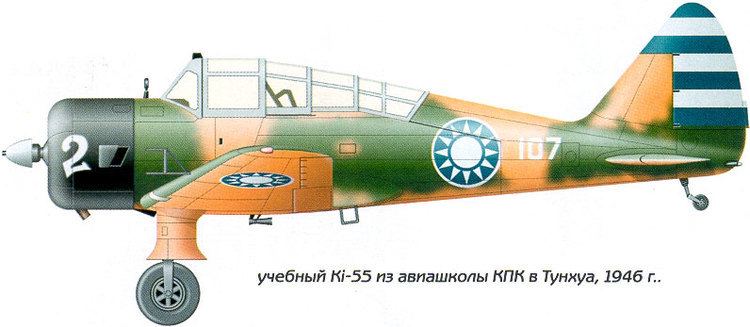
The Ki-36 first saw action in China where it saw success. Later, in the Pacific, it proved excessively vulnerable to opposing fighters. It was thereafter redeployed to the safer theater of China. Towards the end of the war, the Ki-36 was employed as a kamikaze aircraft with a bomb of 500-kg (1,102-lb) fitted externally.
Variants
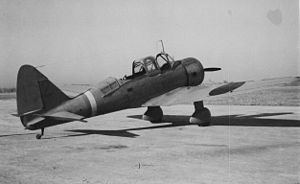
Operators
Specifications (Ki-36)
Data from Japanese Aircraft of the Pacific War; The Concise Guide to Axis Aircraft of World War II
General characteristics
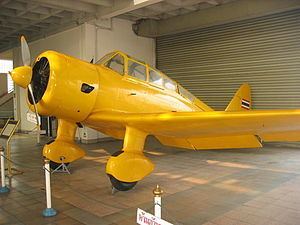
Performance
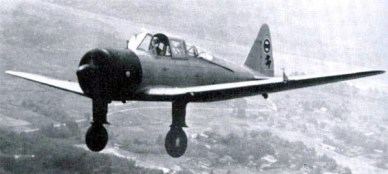
Armament
